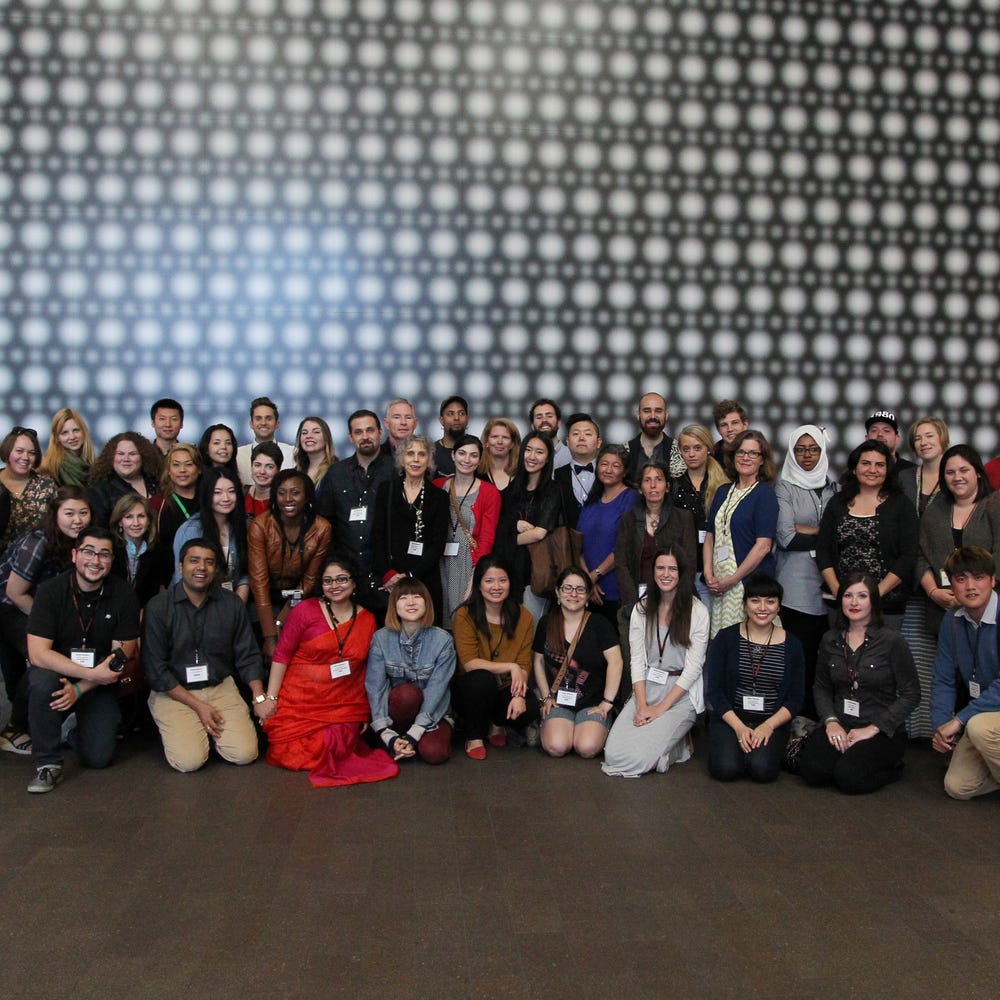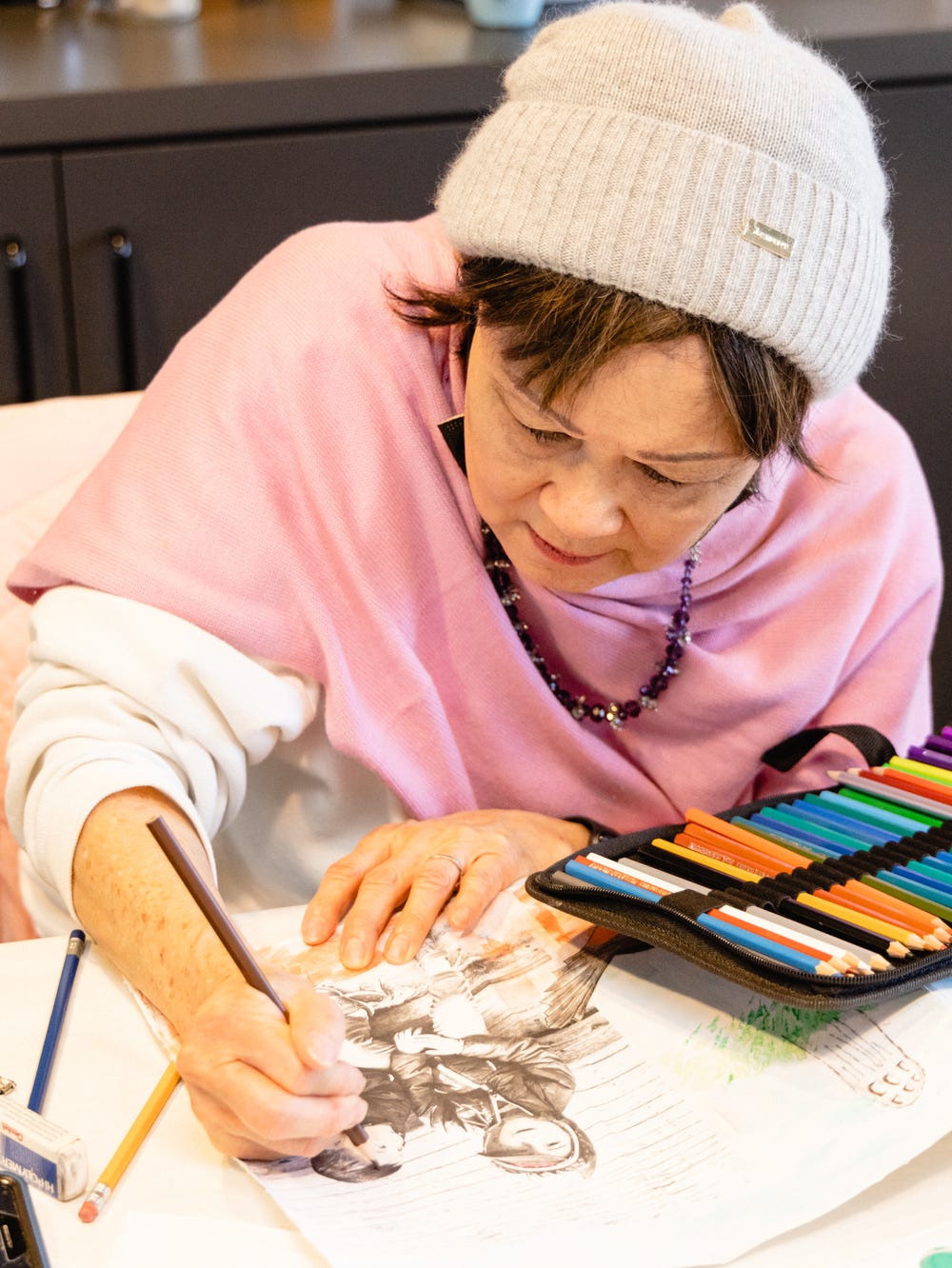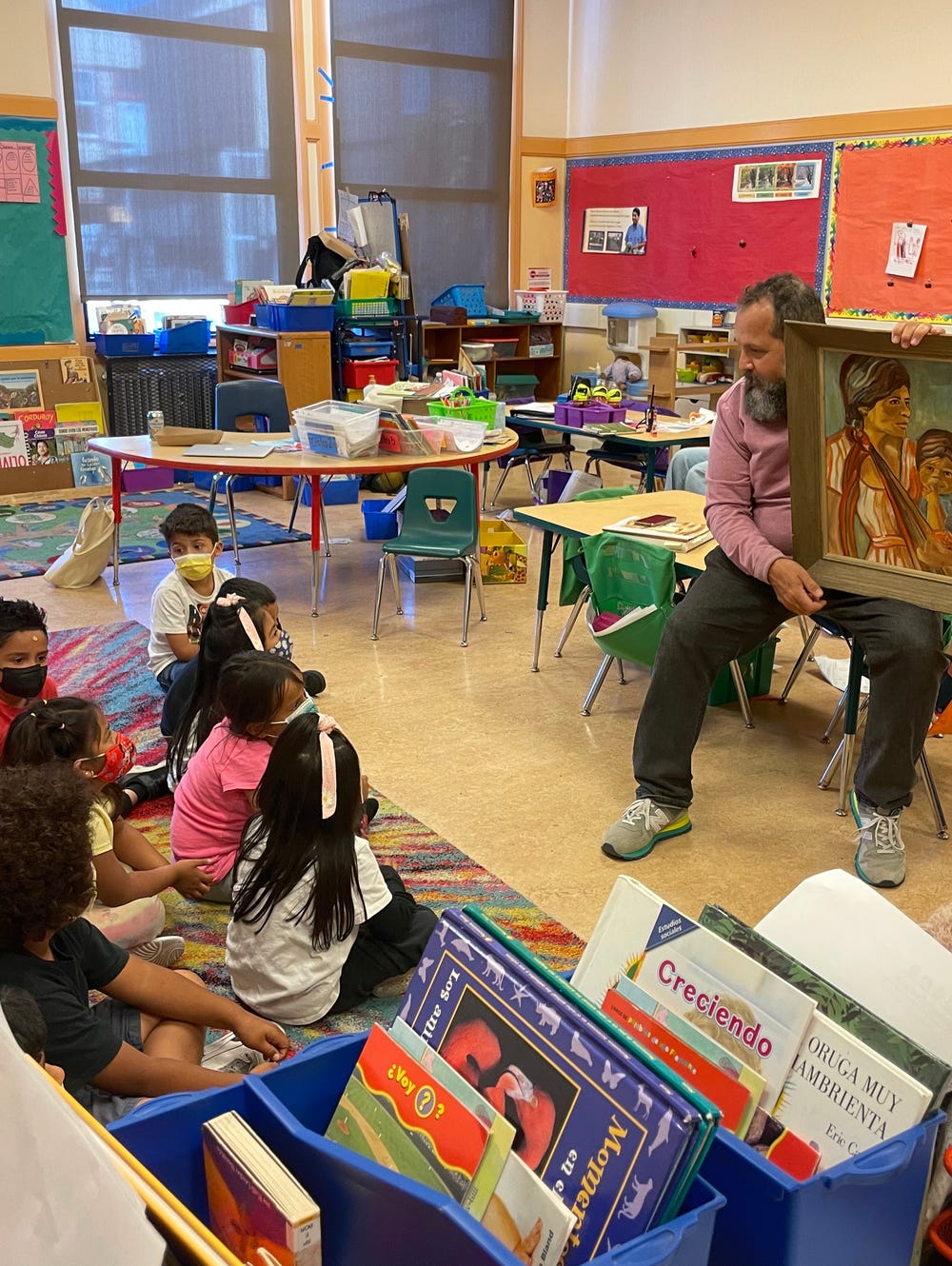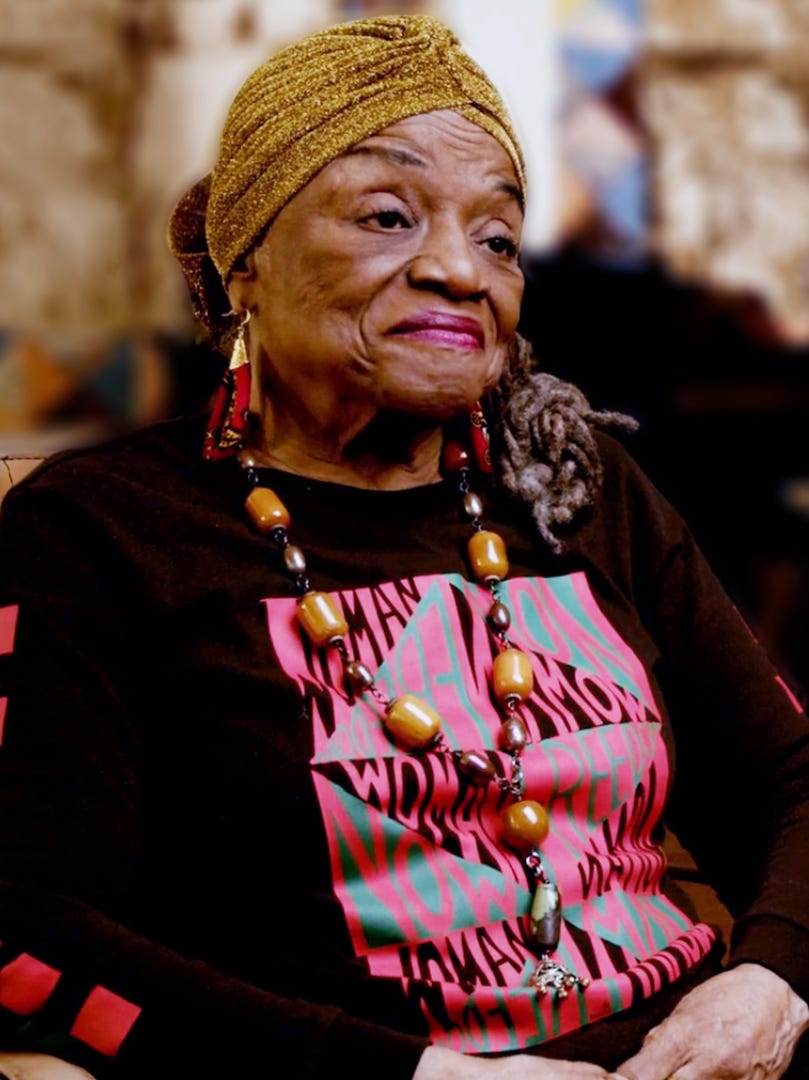George Floyd was killed on Monday, May 25, a victim of the shockingly cruel behavior of four police officers using unnecessary force. For the world at large, this awful event could have been merely another statistic in the history of police racism had it not been filmed by an onlooker, who posted the video on social media, where it rapidly became the subject of widespread outrage. Like millions of others, I was forever changed by that video. Listening to the national debate in the following days, I began to understand with new clarity the scale and toxicity of societal racism of which this action was a symptom. For the first time—and I am ashamed that I had not fully appreciated this sooner—I realized that the Black Lives Matter movement was a critical battle that I, too, had a moral obligation to be part of, not a political issue that I could assume was being addressed by other people. I also realized how vital the role of cultural institutions like museums will be in informing, contextualizing, and supporting our nation as it urgently addresses the systemic racism that has plagued us for centuries.
As the discussion developed within the Fine Arts Museums of San Francisco, through all-staff and one-on-one Zoom meetings, a trustee-led town hall, and many emails, I heard various personal accounts from museum colleagues about how racism has affected their own lives or those of museum visitors. Many of these discussions were difficult, giving vent to pent-up anger and frustration that made me realize how blinkered I was and how much inherent bias I carry. I came to realize that working with my staff to make the Fine Arts Museums an anti-racist organization is one of the most important goals that I can undertake in my career as a museum director. This institutional blog recognizes that fact and commits openly to that task. I say this as a product and beneficiary of exactly the societal structure that needs to change. Even so, I hope that in spite of my background, I can be of service to this critical cause.
As we update our strategic plans for the next several years in light of America’s racial reckoning and the impact of the COVID-19 pandemic, I have identified the goal of evolving the Fine Arts Museums into an anti-racist institution as our top objective. Diversity and inclusion are the central guiding principles. Over the past five months, the Fine Arts Museums have worked with the Oakland-based consultancy Be the Change to explore ways in which systemic racism permeates many aspects of both our visitor engagement and our workplace culture. In addition, in biweekly meetings with the leadership of our staff Inclusivity, Diversity, Equity, and Access (IDEA) Committee, I have been listening closely and actively to their experience and thoughts, exploring tactics and steps to begin rooting out and addressing such ingrained practices.
Based on these discussions, alongside others with trustees, industry peers, and museum supporters, and working closely with the Museums’ leadership, I have now recalibrated the strategic plan that we had developed throughout 2019. In this revised plan, we set the aspirational vision of being a leader in redefining the 21st-century museum as a forum that stimulates community conversations and explorations by applying inclusive and diverse perspectives to our collections and the histories they embody, presenting them in ways that are equitable and accessible. Hand in hand with that goal goes the vision of supporting our staff to realize their potential in an inclusive, equitable, diverse, and accessible workplace.
I believe that we are at a societal tipping point, as profound as the civil rights movement of the 1960s. We have a responsibility and an opportunity to make substantive and lasting change, and I am honored to embrace this opportunity alongside the staff of the Fine Arts Museums.
Our desire to make the Fine Arts Museums truly inclusive and diverse has already begun to manifest in practice and will continue in the following five key areas:
The presentation and development of our collections: Context of the past is crucial to understanding our present and to improving the future. We can and we must expand the narratives presented at the de Young and Legion of Honor by using the art in our collections as lenses through which our visitors can learn objectively about the histories of these objects and the historical periods and contexts in which they were created. We must also continue the work that has already begun, to acquire pieces by Black artists and artists of color that will help us expand our presentation of these histories. Beginning this summer and throughout the fall, our curatorial teams, in consultation with external experts, have audited and revised labels and other materials throughout our galleries with the aim to explicitly call out and address racist and imperialist attitudes.
Exhibitions: Within the past few years, the Museums have already begun to exhibit artists outside the exclusionary and unrepresentative Western canon, with exhibitions such as Revelations: Art from the African American South, Contemporary Muslim Fashions, and Soul of a Nation: Art in the Age of Black Power 1963–1983, but this needs to become part of a regular roster. In the years to come, we will build on our previous efforts to ensure that our exhibition program highlights the work of artists who have been historically underrepresented or marginalized, to ensure balance in who and what we present. For an encyclopedic museum, this will include not only contemporary art but also a reexamination of historical art, aiming to go beyond the Euro-centric approach to art history that has dominated the museum world for so long.
Programs and community: Through programs like Free Saturdays, exhibitions like The de Young Open, and online offerings like our new podcast Local Voices, we have begun to address the barriers to entry that have discouraged some in the Bay Area from visiting or engaging with the Fine Arts Museums in the past. Going forward, we plan to explore other ways in which we can engage and serve the multiple communities of the Bay Area and, especially, make Black visitors and visitors of color feel welcome and included.
Our workplace and hiring practices: As an institution in which our leadership, administrative, and curatorial staff are predominantly white, we must hire a more diverse workforce in all areas, especially those in decision-making roles, and do all that we can to create a nurturing and attractive workplace for our current and future staff, including Black staff and staff of color. Our focus on inclusivity, diversity, equity, and access must also remain front and center as we continue to assess our workplace culture and think critically about how the de Young and Legion of Honor’s past, present, and future intersect with racist systems and institutions.
The composition and future growth of our board: As with our staff, our board of trustees can only be strengthened by further diversification. At present, approximately 20 percent of our board members are people of color. Our board has recently established a Diversity and Inclusion Task Force that will help support and institute our goals in the years to come.
As we continue to undertake this work, we will do so with transparency to our public and our staff. This is the first post in an institutional blog that, in the coming months, will include posts by authors from across the Fine Arts Museums that will detail the DEAI work that we are undertaking.
As the Fine Arts Museums work toward the essential goal of integrating anti-racist values into every aspect of our program and our culture, we do so in recognition that the efforts that we put forth now, if they are authentic and substantive, will form part of a larger effort to shift the toxic racist status quo that exists in this country. We look forward to sharing our progress and thoughts with our wider audience as this work progresses.
Thomas P. Campbell
Director and CEO




